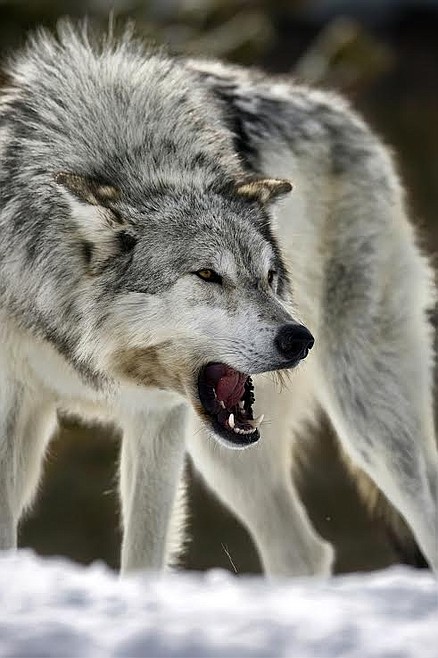State approves new wolf hunt, trap regulations
The Montana Fish and Wildlife Commission approved several new wolf hunting and trapping regulations on Friday.
The commission voted 3-2 to allow more methods of hunting and trapping wolves in the state...
Become a Subscriber!
You have read all of your free articles this month. Select a plan below to start your subscription today.
Already a subscriber? Login



